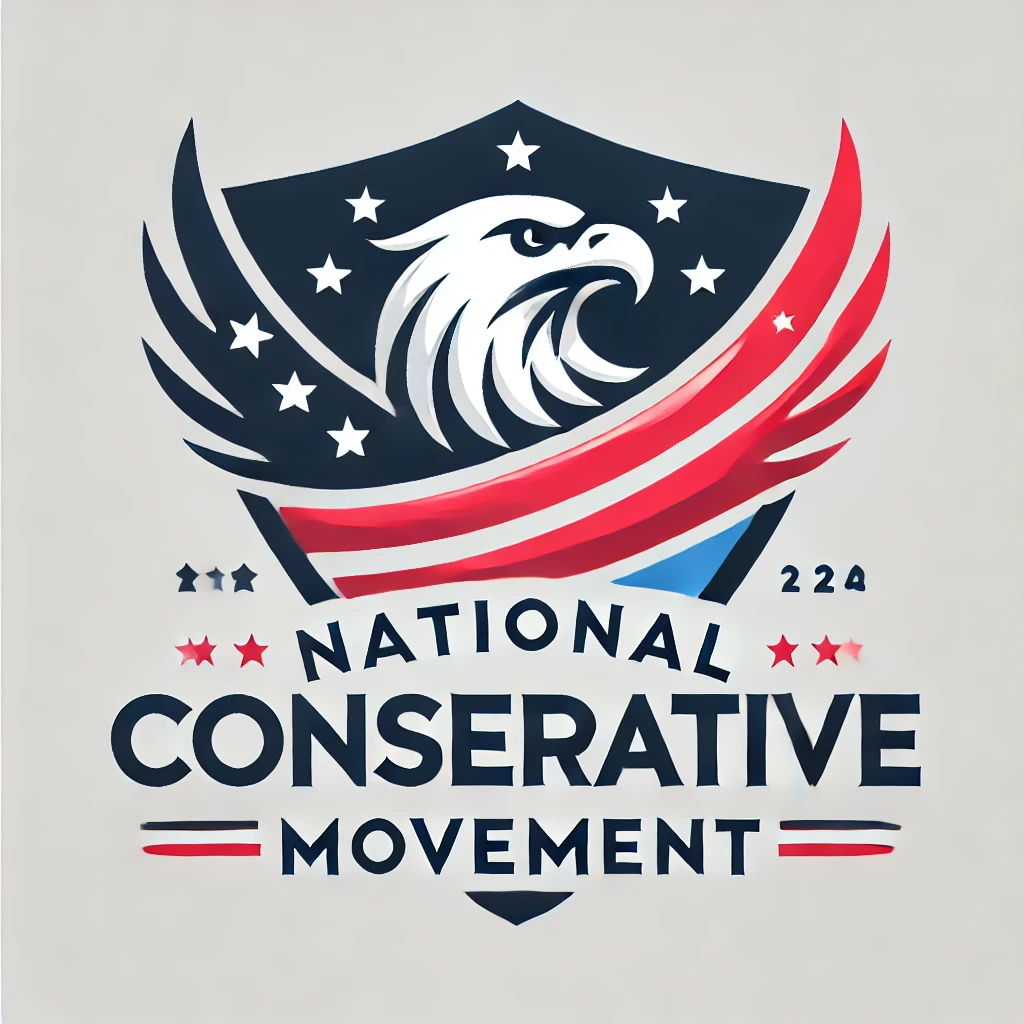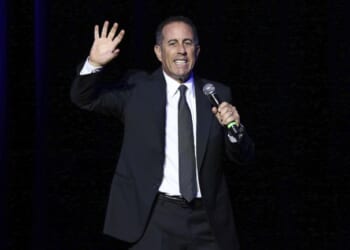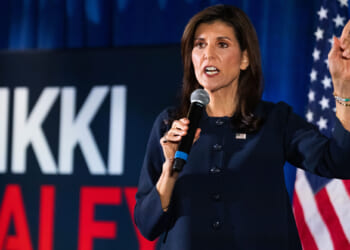
The Food and Drug Administration announced it will move to eliminate six petroleum-based food dyes found in breakfast cereal, drinks, candy and other food items by the end of 2026.
FDA Commissioner Marty Makary said the dyes are associated with health problems, particularly in children, and will be banned by next year.
The FDA will also revoke authorization to develop two additional artificial food dyes, he said, and will establish a national standard and timeline for the food industry to transition from petroleum-based food dyes to natural alternatives.
“For the last 50 years, we have been running one of the largest uncontrolled scientific experiments in the world on our nation’s children without their consent, and today, we are removing these petroleum-based chemicals from their food supply,” Mr. Makary said.
The move is part of Health and Human Services Secretary Robert F. Kennedy Jr.’s effort to make the nation’s food supply healthier, particularly for children, who he said are becoming increasingly obese and sick with diabetes, ADHD and other disorders.
HHS oversees the FDA.
“We can’t continue to exist like this,” Mr. Kennedy said.
He pledged to go even further than banning dyes and said he plans to “get rid of every [unhealthy] ingredient and additive in school in food that we can legally address.”
Food producers will not be forced by regulation to remove the dyes. Mr. Makary expects them to do so voluntarily.
The dye ban will start “in a friendly way,” he said, but could result in regulatory changes if needed.
“They want to do this,” Mr. Makary said. “They are eager to do this.”
A Purdue University study found artificial food dyes are most prevalent in beverages, candy and cereals. Cereals that use multiple food dyes include Trix cereal and Fruity Cheerios.
Nearly two dozen states have already taken steps to ban certain food dyes, citing potential health risks, especially for children.
Studies have linked the dyes with adverse behaviors in children, including hyperactivity, moodiness and irritability. Many of the artificial food dyes are banned in Canada and Europe.
The Biden administration, in its final days, announced a phaseout of Red Dye No. 3, which is used in some medications.
The FDA will eliminate all petroleum-based dyes, Mr. Makary said, and will speed up the phase-out of Red Dye No. 3 to next year instead of the 2028 target date set by the Biden administration.
“We are simply asking American food companies to replace petroleum-based food dyes with natural ingredients for American children, just as they already do for children in other countries. American children deserve good health,” he said.
Mr. Makary suggested substituting artificial colors with carrot juice, beet juice and watermelon juice.
The FDA is also fast-tracking a review of other natural alternatives, including calcium phosphate, Galdieria extract blue, gardenia blue and butterfly pea flower extract.
Food activist Vani Hari, who appeared on stage after Mr. Makary’s announcement, said grassroots organizations have worked for years to try to persuade food companies to remove food dyes from U.S. products that are banned in other countries.
“Now we are entering a new era. An era where we don’t need to worry about artificial food dyes on the frosting of a birthday cake, the breakfast cereals served at schools, our children’s Halloween bucket or Easter basket, the chips and the sports drinks being served after a game,” she said.
The food dye ban won praise from health advocates.
The Independent Medical Alliance called the move “a critical step toward safeguarding public health” and said the dyes are not tested adequately for safety.
The Association of Color Manufacturers disagreed. Representatives said the ban would impact up to 60% of food in grocery stores and warned that there are not enough alternatives to replace the dyes quickly. They argued that research “overwhelmingly shows artificial colors are safe.”
The dyes are found in many breakfast cereals.
Kellogg’s Froot Loops, for example, uses Red 40, Yellow 5, Blue 1 and Yellow 6. In Canada, however, the company substitutes natural fruit juice concentrates.
Representatives from Kellogg’s and General Mills, which produce Fruity Cheerios and other cereals that use petroleum-based dyes, did not immediately respond to an inquiry from The Washington Times.
Mr. Kennedy met with food executives in March and told them that eliminating artificial dyes is an urgent priority. He said food industry representatives have contacted HHS about how to make ingredients healthier. The FDA will provide them with new guidelines, he said.
Mr. Kennedy said he’ll work with the food industry to implement the dye ban.
“I think they are ready to change the industry,” Mr. Kennedy said. “They have children, too.”
The decision to ban food dyes, he said, was an easy one. “Nobody wants to eat petroleum,” he said.












